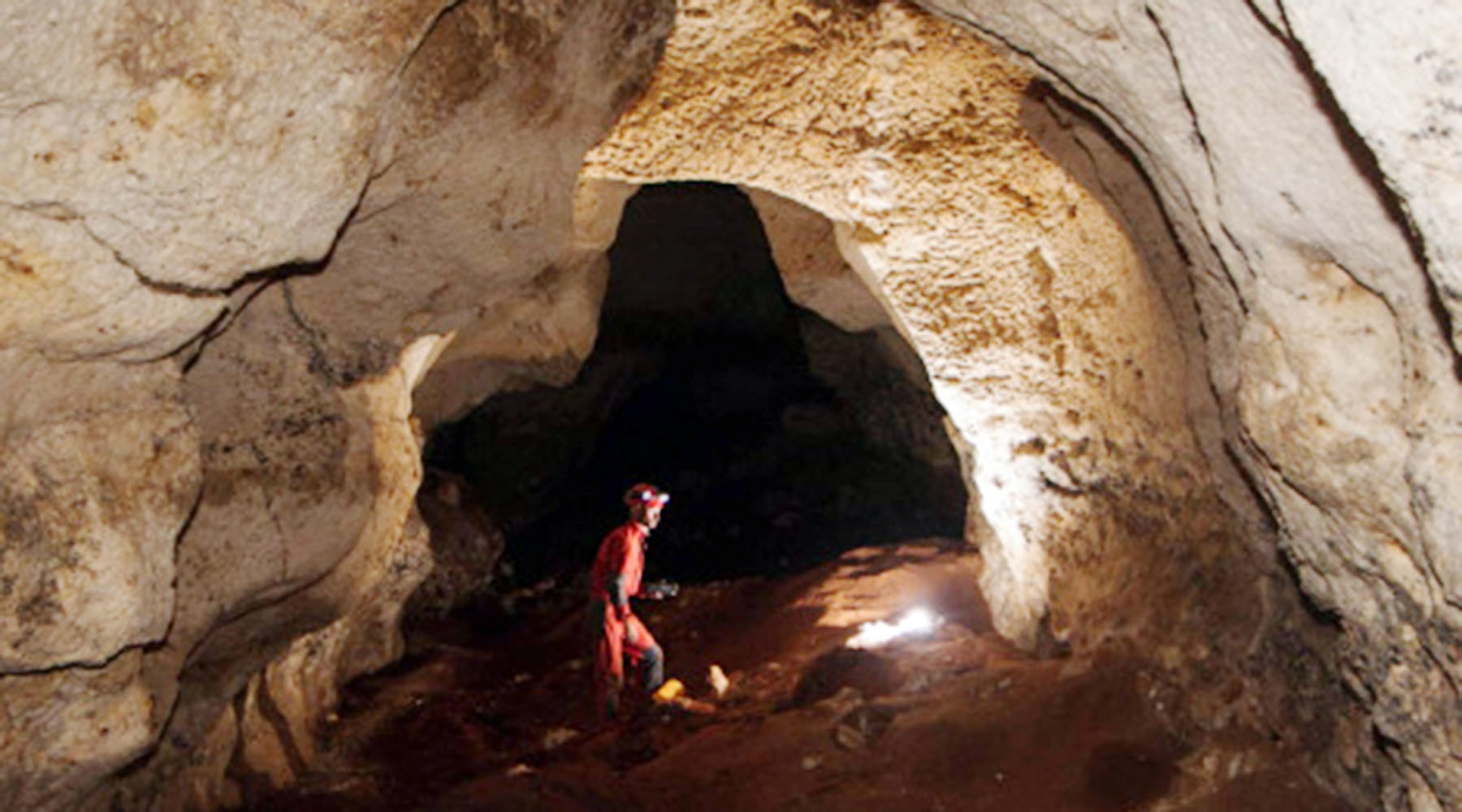Scientists from Moscow State University. M.V. Lomonosov University (Moscow State University), several institutes of the Russian Academy of Sciences and a number of Russian universities, with the participation and financial support of the Russian Geographical Society, presented the Atlas of Caves of Russia, the first encyclopedic publication about the country's most interesting caves. This was reported by the press service of Moscow State University.
“About 5 thousand caves are known in Russia. These are only those that are open, but in reality there can be many more. The atlas included 176 unique caves - the largest, deepest, longest and most interesting, ”said Alexander Gusev, a leading researcher at Moscow State University, in an interview with RT.
The atlas includes detailed descriptions of 176 caves, including karst, lava, glacial, gravitational, wave-breaking and others. The book also published a list of 442 largest caves (longer than 500 m and deeper than 100 m). The publication contains 950 photographs, 168 topographical surveys, more than 30 tables and 60 maps and schemes. According to the compilers, it is intended not only for specialists, but also for a wide audience. The atlas provides interesting information about ecology, mineralogy, glaciology, archeology, paleontology, biology and the origin of caves, the history of their discovery and research.
According to Gusev, the publication also includes caves, which are of great value in terms of geology, chemistry and many other sciences. In some of these caves, scientists have made major archaeological and paleontological discoveries. The most famous of them is Denisova Cave in Altai. It was in it that in 2008, for the first time, the remains of Denisovans were found - a special branch in the evolution of the genus Homo.
- Archaeological work in one of the galleries of Denisova Cave
- RIA News
- © Alexander Kryazhev
No less interesting for scientists was the Tauris Cave, discovered in 2017 during the construction of the eponymous route from Simferopol to Sevastopol. She was completely untouched by man, and her bowels represent a true paradise for a paleontologist. According to scientists, after the end of the scientific expedition, the cave will be converted into a tourist complex.
- Tauris Cave
- © RGO
In addition to the Russian ones, the atlas also includes the four deepest caves in the world, which are located in Abkhazia. According to Alexander Gusev, they are very thoroughly studied by domestic cavers.
The deepest caves in our country are located in the North Caucasus - in Karachaevo-Cherkessia, Kabardino-Balkaria and in Greater Sochi. The deepest of them is the 900-meter high Throat Barlog cave, discovered in 1994 in Karachay-Cherkessia. It got its name in honor of one of the characters in the famous novel The Lord of the Rings.
According to the compilers, the longest caves in Russia are in Siberia. The length of the Botovskaya Cave located in the Irkutsk Region is about 70 km. The second longest cave is Bolshaya Oreshnaya in the Krasnoyarsk Territory - 47 km.
The underwater Orda cave in the Perm Territory, which entered the atlas, gained great popularity among divers, the length of its underwater part is 4.5 km. The book also describes the unique Sheki-hieh with sulfur springs found in the Chechen Republic.
- Underwater Orda Cave
- Gettyimages.ru
- © Barcroft
As follows from the book, there are many sightseeing caves in the country, and some of them, such as ice Kungurskaya, have been known since pre-revolutionary times. At the same time, there are many caves in the country that have huge tourist potential. According to Alexander Gusev, many unique caves in Siberia are currently equipped for sightseeing.
“This book is actually an encyclopedia of modern knowledge about the caves of Russia and the processes taking place in them. It has no analogues among the speleological literature published earlier in Russia and the USSR, and practically has no analogues in the world, ”summed up Alexander Gusev.

